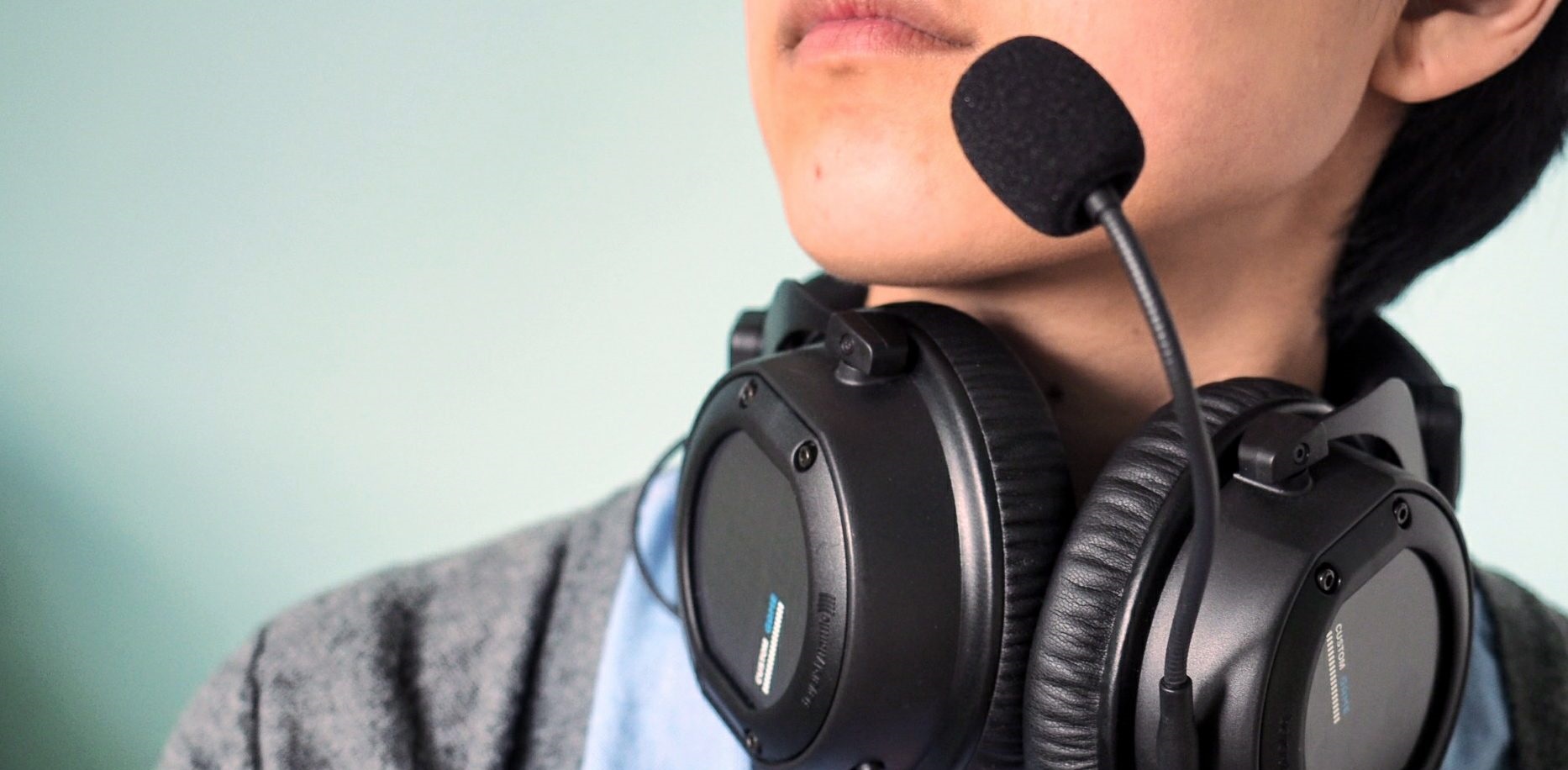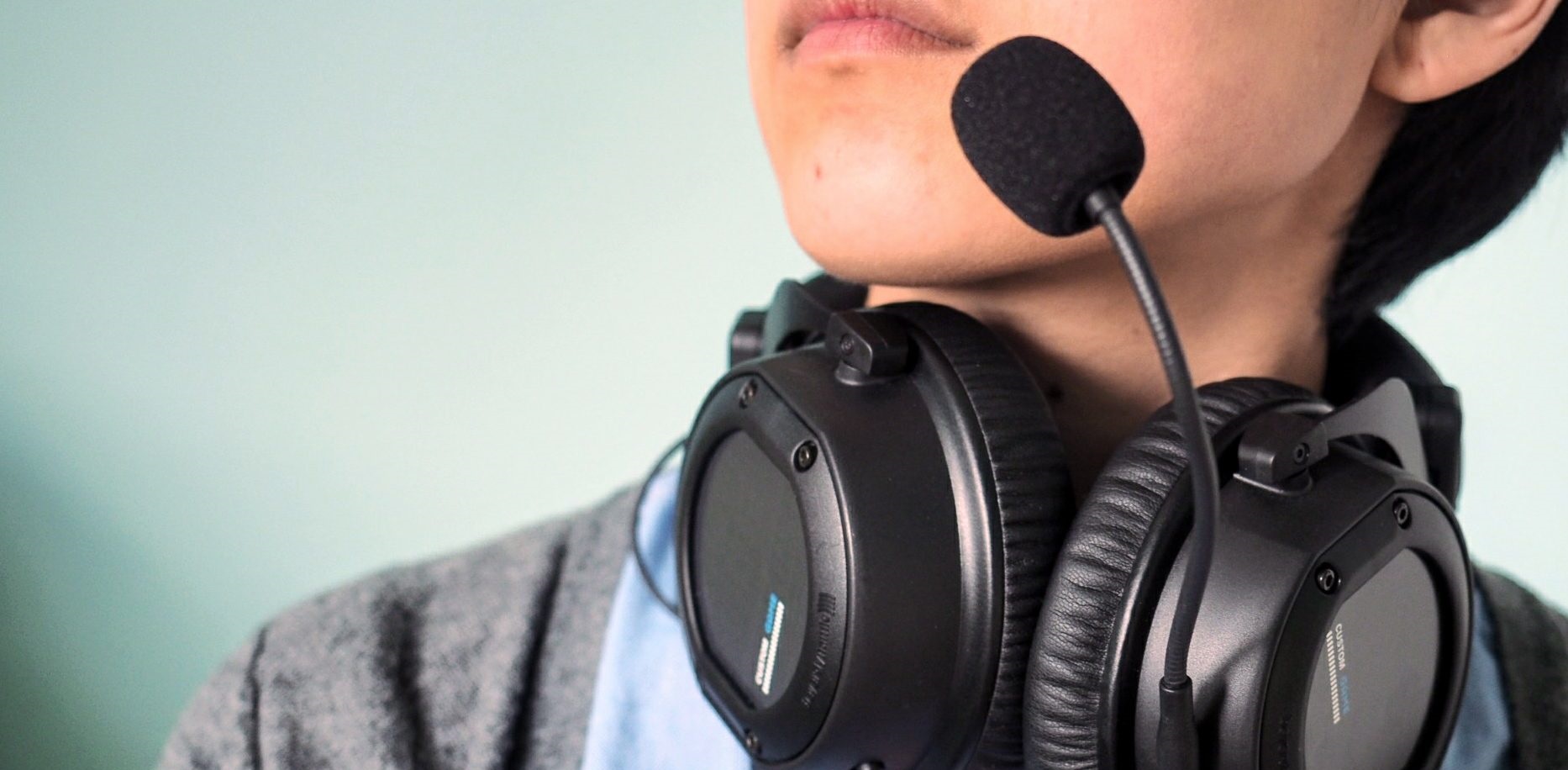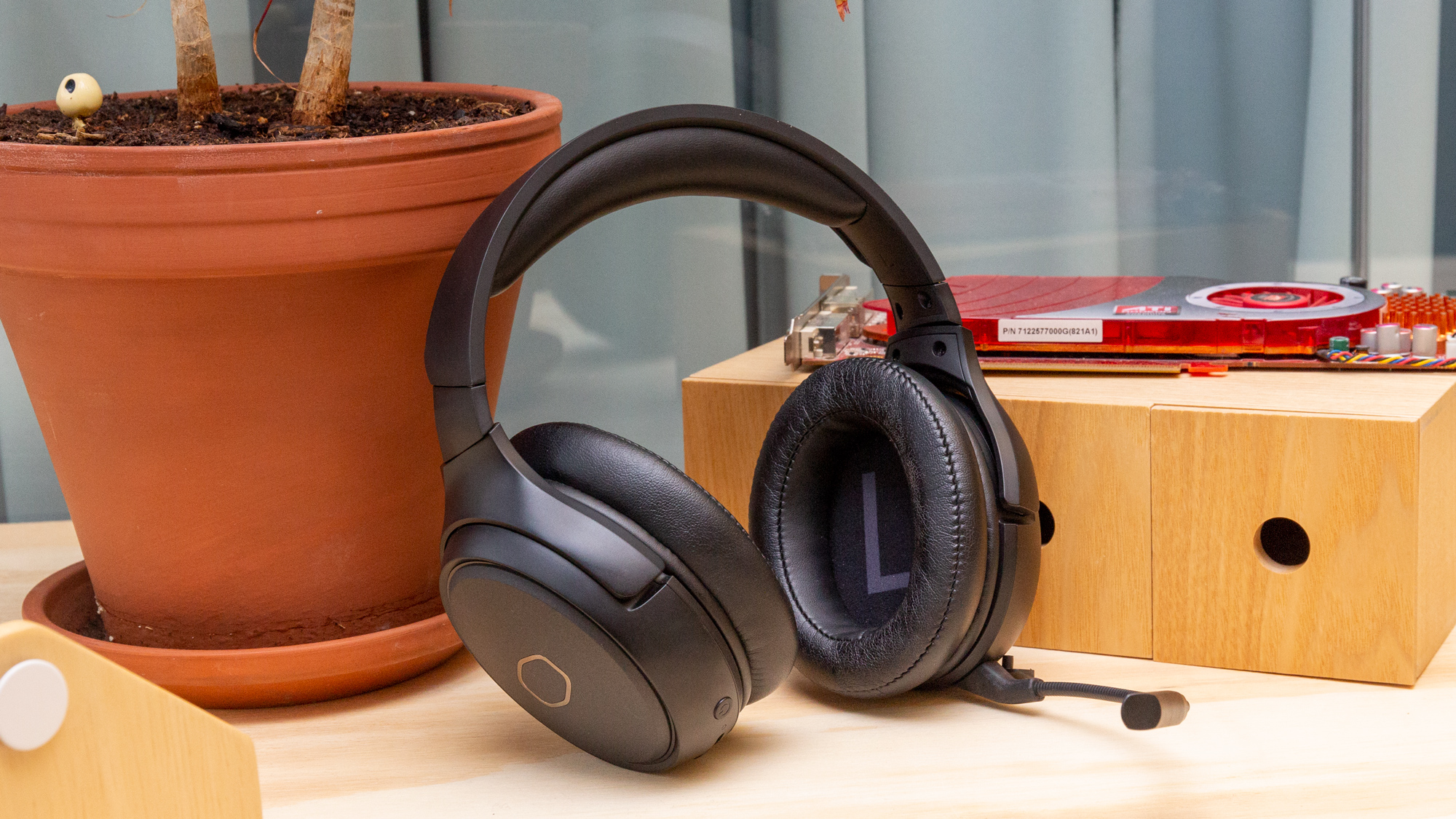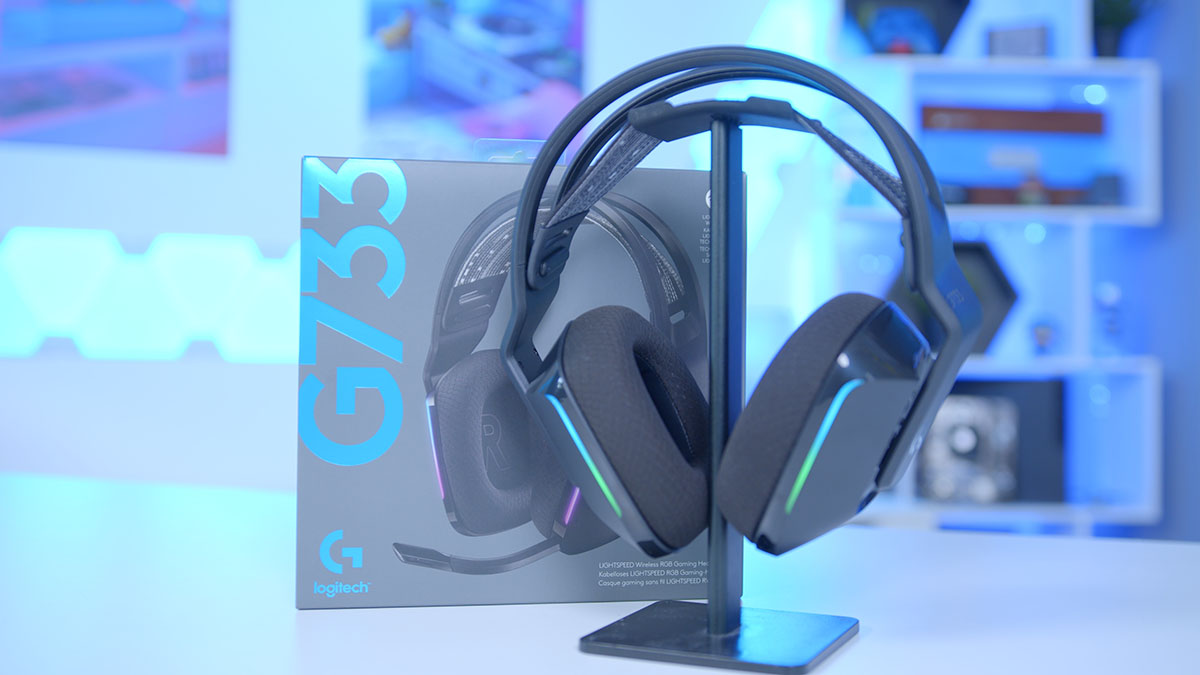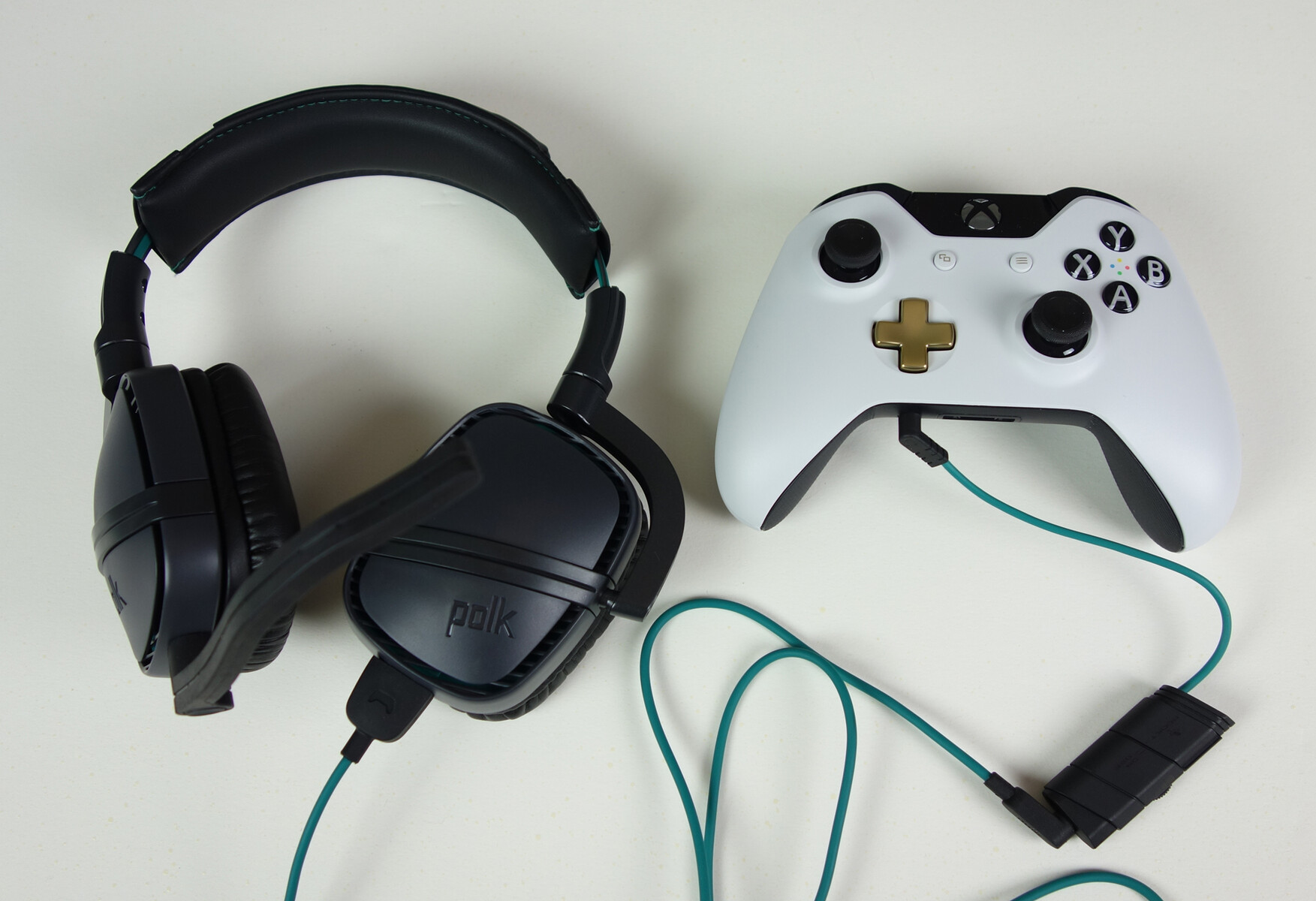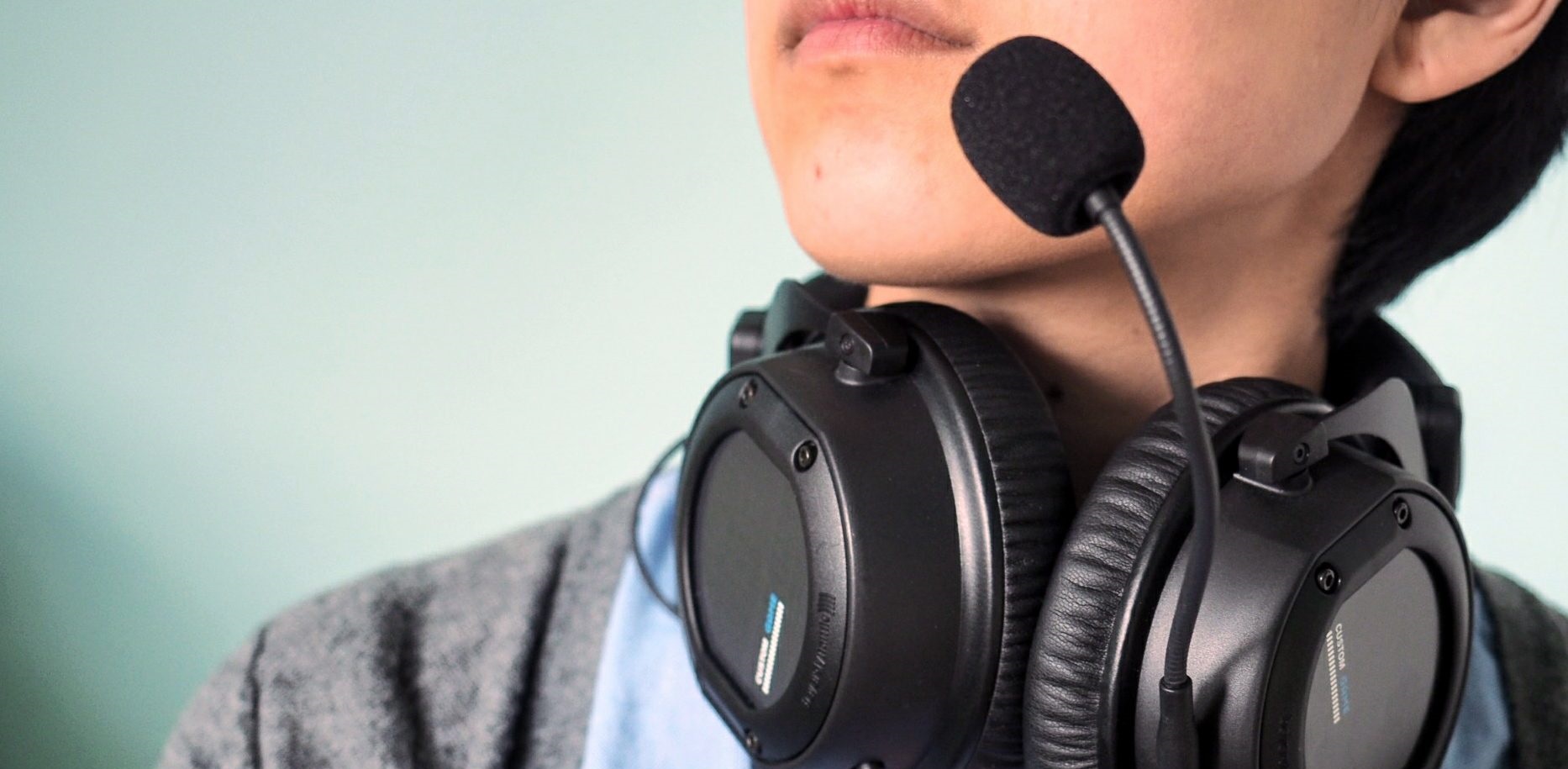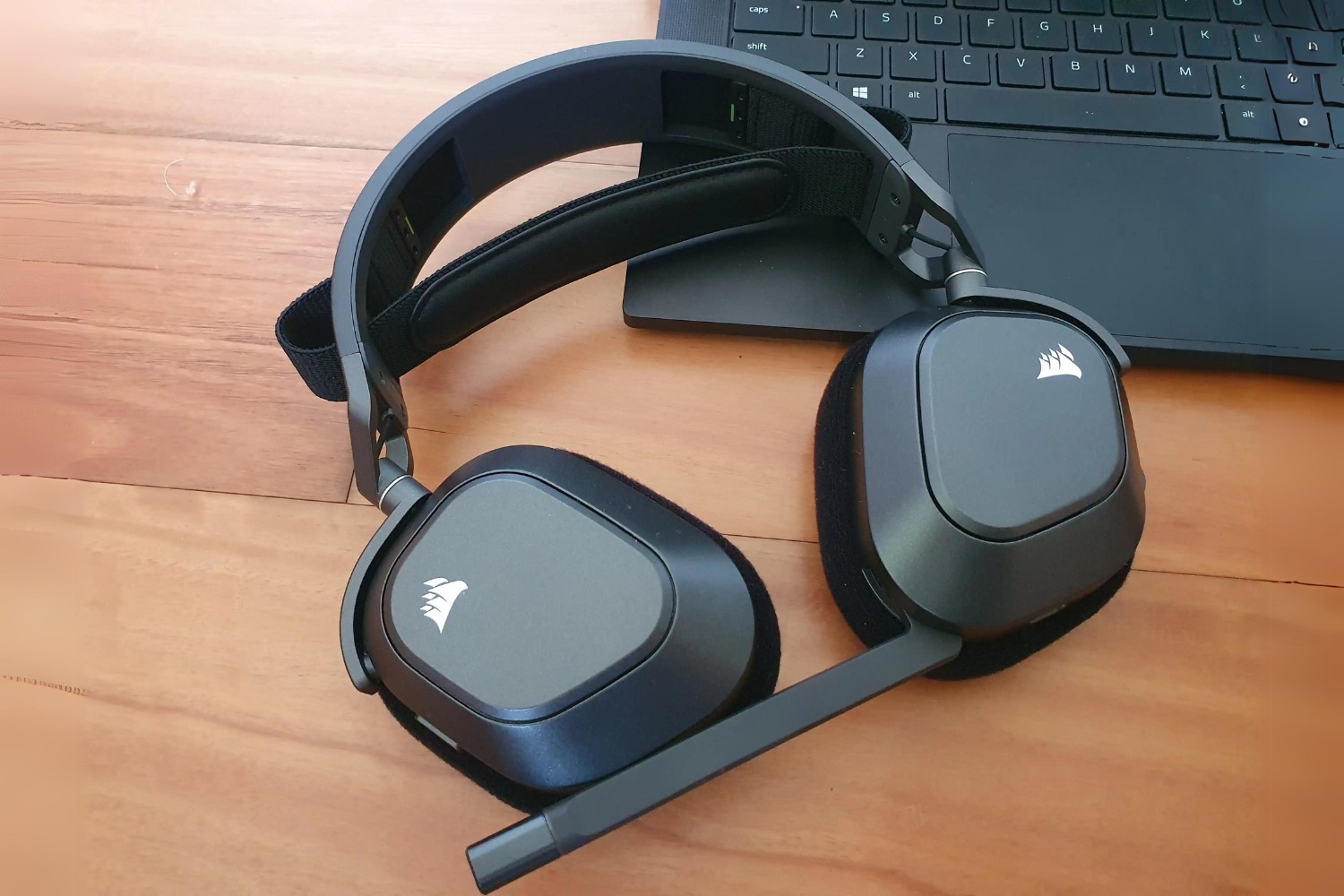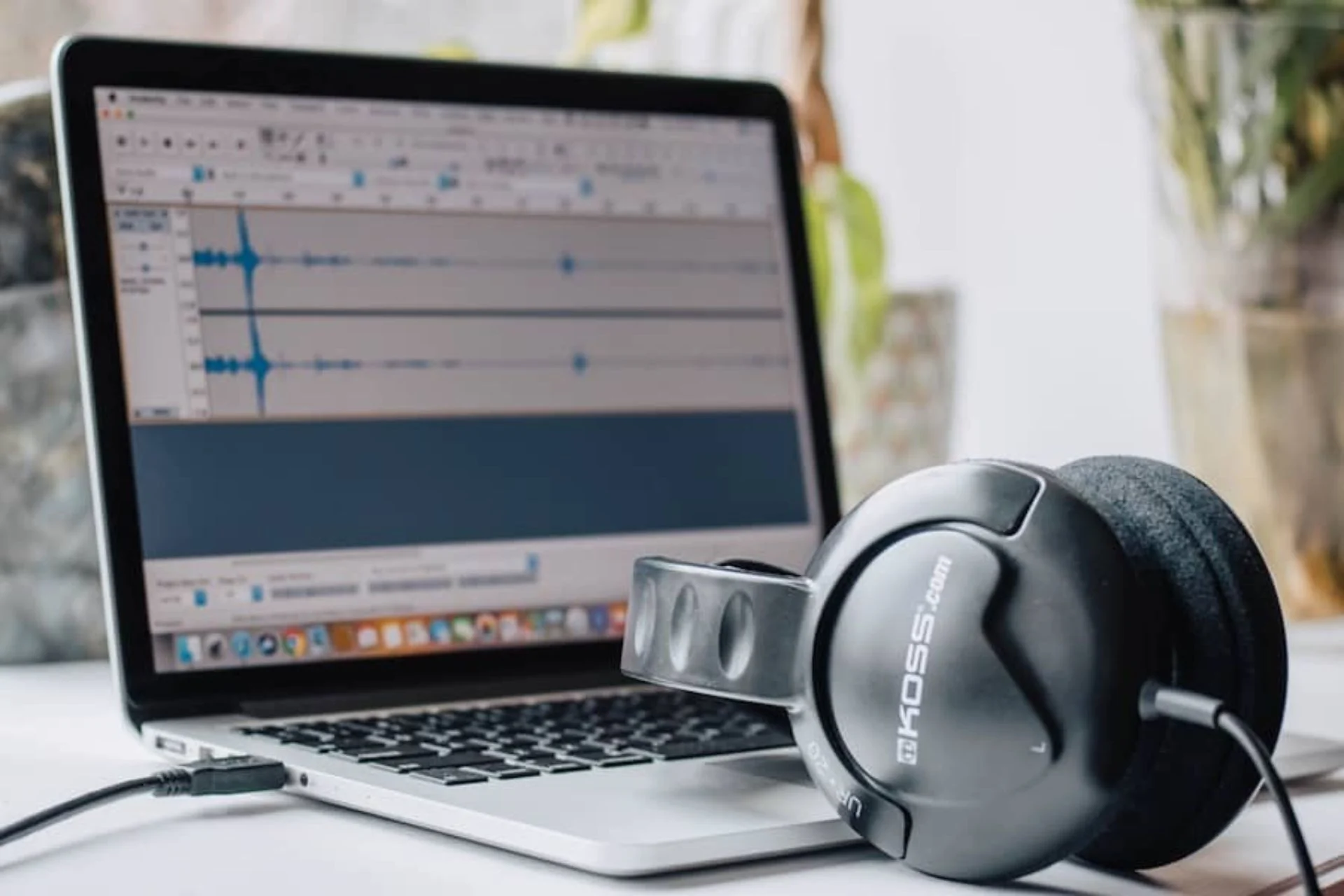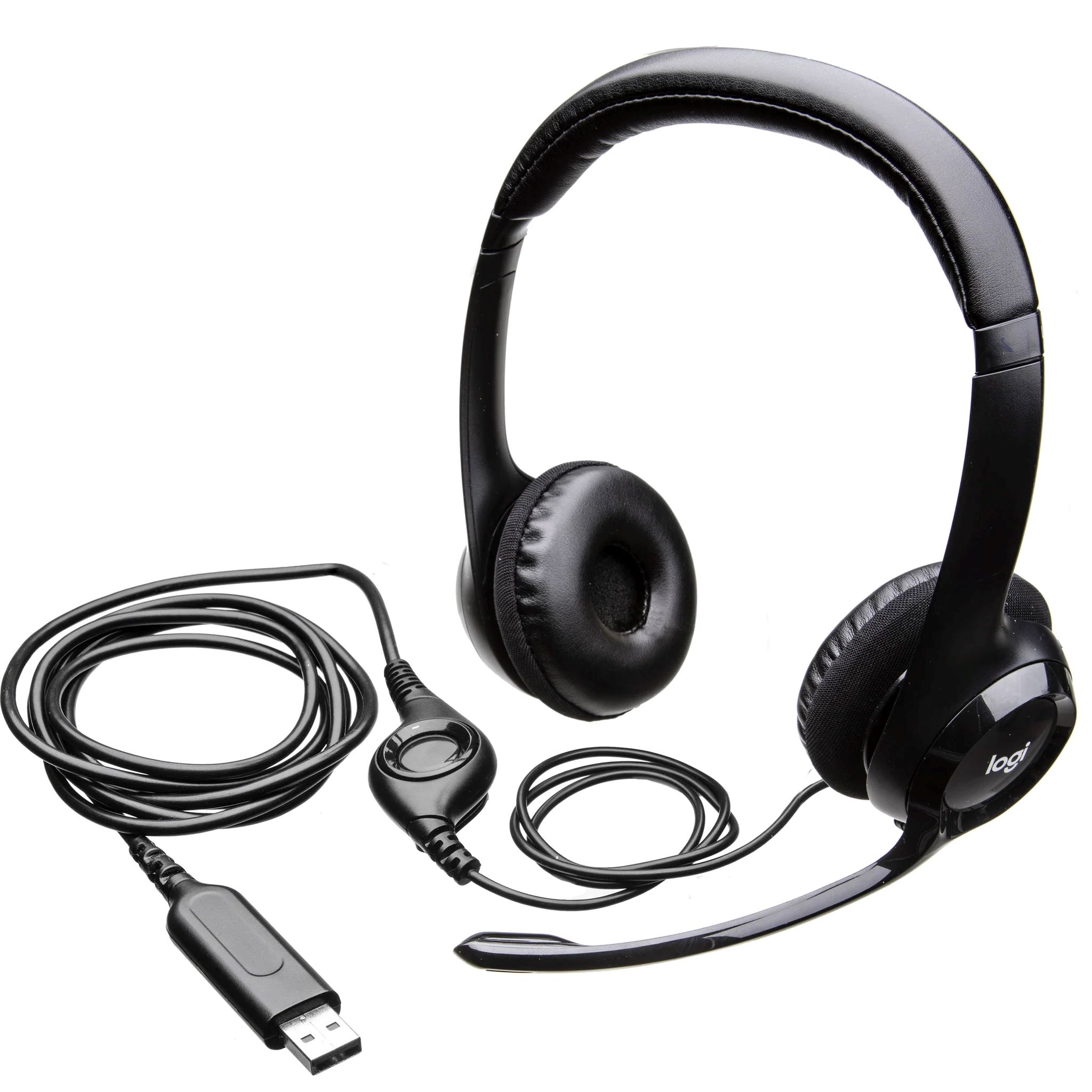Introduction
When it comes to using a headset with a built-in microphone for gaming, video calls, or recording audio, achieving the optimal mic distance is crucial for clear and high-quality sound transmission. The placement of the microphone in relation to the mouth can significantly impact the audio output, affecting the overall communication and listening experience.
The distance between the microphone and the mouth plays a vital role in capturing the voice accurately while minimizing background noise and unwanted sounds. Whether you are an avid gamer engaging in intense multiplayer battles, a professional participating in virtual meetings, or an aspiring content creator recording podcasts or voice-overs, understanding and implementing the right mic distance is essential for delivering clear and professional-grade audio.
In this comprehensive guide, we will delve into the significance of mic distance and explore the best practices for positioning your headset microphone to optimize sound quality. By the end of this article, you will have a clear understanding of how mic distance influences audio performance and be equipped with practical tips to ensure an optimal setup for your headset mic. Let's embark on this journey to unravel the secrets of achieving crystal-clear audio through mastering mic distance!
Understanding the Importance of Mic Distance
The concept of mic distance refers to the space between the microphone and the speaker's mouth. It is a critical factor that significantly influences the quality and clarity of audio transmission. Understanding the importance of mic distance is essential for anyone using a headset with a built-in microphone for various purposes, including gaming, virtual meetings, content creation, and more.
Clarity and Intelligibility
Maintaining an optimal mic distance is crucial for ensuring clear and intelligible communication. When the microphone is too far from the mouth, the audio signal weakens, resulting in a faint and muffled sound. Conversely, if the mic is too close, it may lead to distortion and an overwhelming presence of breath and plosive sounds. By finding the right balance and distance, the microphone captures the speaker's voice accurately, delivering crisp and articulate audio.
Noise Reduction
Proper mic distance plays a vital role in minimizing background noise and unwanted sounds. When positioned correctly, the microphone focuses on capturing the speaker's voice while reducing the pickup of ambient noise. This is especially important in environments with potential distractions, such as keyboard typing, mouse clicks, or external conversations. By optimizing mic distance, the audio output becomes cleaner and free from unnecessary disturbances, enhancing the overall listening experience.
Consistent Audio Quality
Maintaining a consistent mic distance ensures uniform audio quality across different speaking volumes. Whether the speaker is communicating in a soft, moderate, or loud voice, the optimal mic distance helps maintain a balanced audio level without drastic fluctuations. This consistency is essential for creating professional-grade content, participating in seamless conversations, and delivering clear vocal commands in gaming scenarios.
Overall User Experience
The significance of mic distance extends to the overall user experience. By understanding and implementing the right mic distance, individuals can enjoy enhanced audio clarity, contributing to a more engaging and immersive experience during gaming sessions, virtual meetings, or content creation endeavors. Additionally, a well-maintained mic distance fosters a sense of professionalism and attention to detail, reflecting positively on the overall communication and content delivery.
In essence, understanding the importance of mic distance is pivotal for achieving optimal audio quality and ensuring a seamless communication experience across various applications. By acknowledging the impact of mic distance on clarity, noise reduction, audio consistency, and user experience, individuals can harness the power of precise microphone positioning to elevate their audio performance.
Finding the Optimal Placement for Your Headset Mic
Finding the optimal placement for your headset mic is a crucial step in ensuring clear and high-quality audio transmission. Whether you are engaged in intense gaming sessions, participating in virtual meetings, or recording audio content, the positioning of your headset microphone directly impacts the overall sound quality. Here's a detailed exploration of how to determine the best placement for your headset mic:
Consider Mic Type and Design
The first step in finding the optimal placement for your headset mic is to consider its type and design. Headsets with boom microphones, which feature an adjustable and flexible arm, offer the advantage of precise positioning. By adjusting the boom arm, you can bring the microphone closer to your mouth, allowing for clearer audio capture. On the other hand, headsets with built-in microphones require careful placement to ensure effective voice pickup. Understanding the specific design of your headset mic is essential for determining the range of adjustability and the ideal positioning approach.
Positioning for Voice Capture
When positioning your headset mic, the goal is to achieve an optimal distance that allows for clear voice capture while minimizing unwanted sounds. For headsets with boom microphones, position the mic arm to bring the microphone close to the corner of your mouth. This placement facilitates direct voice pickup, capturing your speech with clarity and precision. Avoid placing the microphone directly in front of your mouth to prevent excessive breath and plosive sounds, which can impact audio quality.
Test and Adjust
Once you have positioned the headset mic, it's crucial to test the audio output and make adjustments as needed. Speak in a natural tone and volume while monitoring the sound quality. If the audio sounds muffled or distant, consider bringing the mic closer to your mouth in small increments until you achieve clear and articulate voice capture. Conversely, if the microphone picks up excessive breath sounds or plosives, slightly adjust the mic position away from the mouth while maintaining an optimal distance for effective voice transmission.
Minimize Interference
In addition to positioning the mic for voice capture, it's important to minimize interference from external sources. Avoid placing the headset mic too close to noisy objects such as fans or air vents, as these can introduce unwanted background noise into the audio signal. By maintaining a clear line of sight between your mouth and the microphone while minimizing environmental disturbances, you can optimize the headset mic placement for pristine audio transmission.
By considering the mic type and design, focusing on voice capture, testing and adjusting, and minimizing interference, you can effectively find the optimal placement for your headset mic. Implementing these best practices ensures that your headset mic is positioned to deliver clear, professional-grade audio across various applications and usage scenarios.
Tips for Maintaining the Right Mic Distance
Maintaining the right mic distance is essential for consistently achieving clear and professional-grade audio output. Whether you are using a headset for gaming, virtual meetings, or content creation, implementing the following tips will help you optimize mic distance for optimal sound quality:
1. Utilize Pop Filters or Windscreens
Pop filters or windscreens are valuable accessories that can aid in maintaining the right mic distance while minimizing unwanted breath sounds and plosives. These accessories are designed to diffuse airflow and reduce the impact of sudden bursts of air, resulting in cleaner and more balanced audio. By incorporating a pop filter or windscreen, you can enhance the effectiveness of your mic distance management and improve overall audio clarity.
2. Practice Proper Breathing Techniques
A key aspect of maintaining the right mic distance involves controlling breath sounds during vocal communication. Practicing proper breathing techniques, such as diaphragmatic breathing, can help minimize the impact of breath noises on the microphone. By focusing on breathing from the diaphragm and maintaining steady airflow, you can achieve a more consistent and controlled vocal delivery, reducing the need for frequent mic distance adjustments.
3. Monitor Speaking Volume
Being mindful of your speaking volume is crucial for maintaining an optimal mic distance. Adjusting the distance based on your speaking volume can help ensure that the microphone captures your voice accurately without distortion or signal overload. When speaking softly, bringing the mic slightly closer can compensate for lower vocal intensity, while speaking loudly may necessitate a slight increase in mic distance to prevent audio clipping. By monitoring and adjusting mic distance based on speaking volume, you can maintain balanced audio levels and prevent inconsistencies in voice capture.
4. Regularly Check Mic Positioning
Consistently checking and readjusting the mic positioning is essential for maintaining the right mic distance. Over time, the position of the headset or microphone may shift due to movement or readjustment. Regularly inspecting the mic placement and making minor adjustments as needed ensures that the optimal mic distance is maintained throughout your communication or recording sessions. By incorporating this practice into your routine, you can uphold a consistent and reliable audio setup.
5. Experiment with Recording Environments
Experimenting with different recording environments can provide valuable insights into mic distance management. Testing your headset mic in various settings, such as quiet rooms, open spaces, or environments with ambient noise, allows you to adapt and optimize mic distance based on the acoustic characteristics of each location. By gaining experience in adjusting mic distance according to environmental factors, you can refine your skills in maintaining clear and balanced audio output across diverse recording scenarios.
By incorporating these tips into your audio setup and communication practices, you can effectively maintain the right mic distance for optimal sound quality. Whether you are engaging in professional endeavors or leisure activities, mastering mic distance management contributes to a seamless and immersive audio experience, elevating the overall quality of your voice transmission and communication efforts.
Conclusion
In the realm of audio communication and content creation, the significance of mic distance cannot be overstated. The journey to unravel the secrets of achieving crystal-clear audio through mastering mic distance has provided valuable insights into the pivotal role played by precise microphone positioning. From gaming enthusiasts seeking seamless voice communication to professionals engaging in virtual meetings and content creators striving for pristine audio recordings, the impact of mic distance resonates across diverse usage scenarios.
By understanding the importance of mic distance, individuals gain a deeper appreciation for the nuances of audio transmission. The quest for optimal mic distance extends beyond mere technicality; it embodies the art of balancing clarity, intelligibility, and consistency in voice capture. The ability to harness the power of mic distance empowers individuals to elevate their audio performance, fostering a more engaging and immersive experience in various communication and entertainment endeavors.
Finding the optimal placement for a headset mic involves a delicate interplay of technical considerations and practical adjustments. Whether it's positioning the microphone to achieve clear voice capture, testing and fine-tuning the placement, or minimizing interference from external sources, the process of optimizing mic distance demands attention to detail and a commitment to delivering exceptional audio quality.
Furthermore, the journey toward maintaining the right mic distance is enriched by the implementation of practical tips and techniques. From utilizing pop filters or windscreens to practicing proper breathing techniques and monitoring speaking volume, individuals can refine their mic distance management skills, resulting in consistently clear and professional-grade audio output.
As we conclude this exploration of mic distance and its impact on audio quality, it becomes evident that mastering mic distance is an ongoing pursuit, marked by a dedication to precision and a keen understanding of the dynamic nature of audio communication. By embracing the principles and best practices outlined in this guide, individuals can embark on a journey toward audio excellence, where optimal mic distance becomes a cornerstone of their communication and content creation endeavors.
In essence, the quest to achieve optimal mic distance transcends technical specifications; it embodies a commitment to delivering impactful and immersive audio experiences. By embracing the art of mic distance management, individuals can unlock the full potential of their headset microphones, setting the stage for clear, articulate, and captivating voice transmission across diverse applications.







